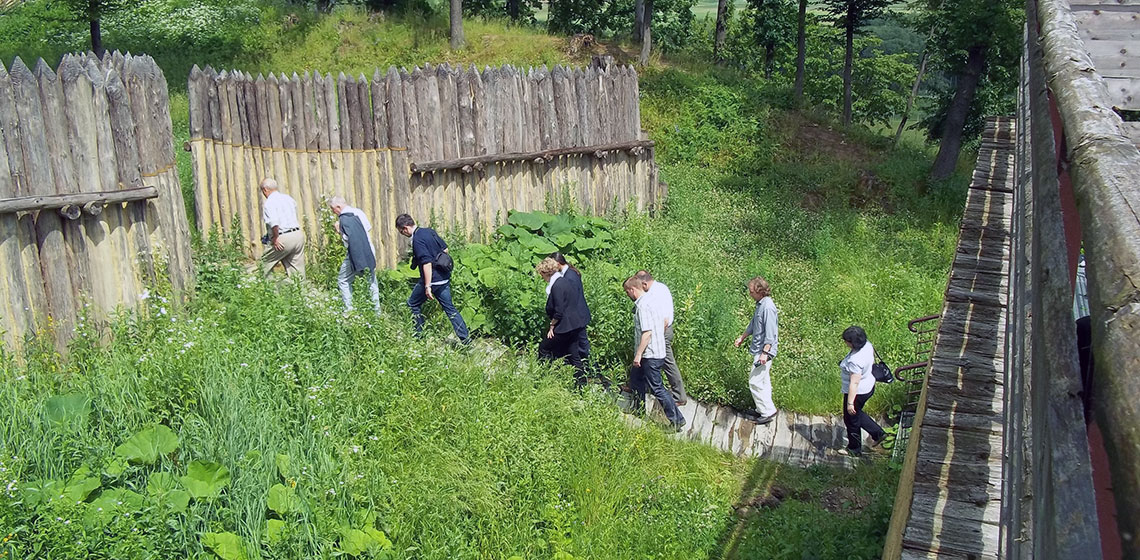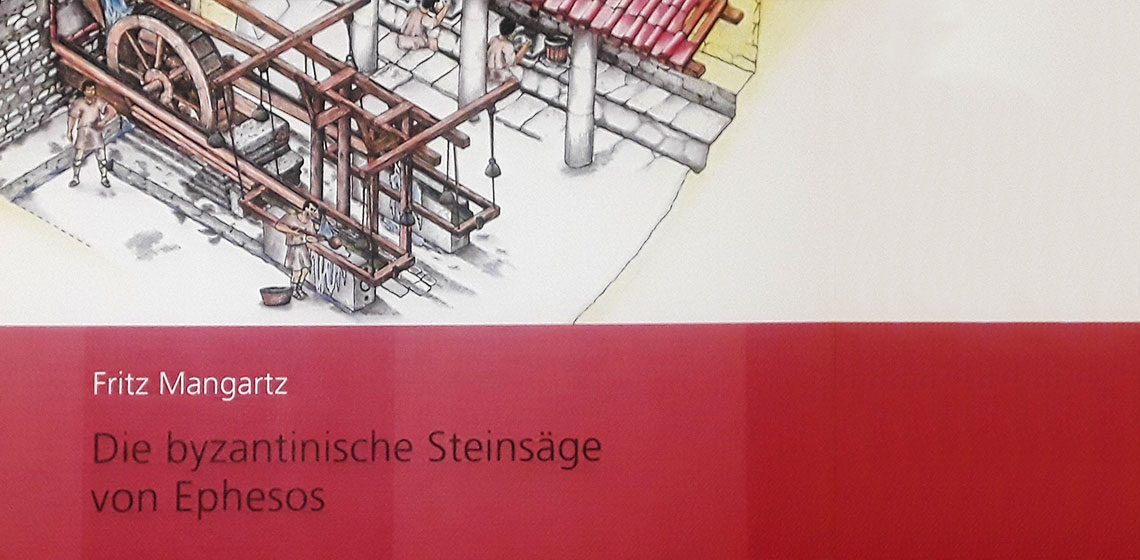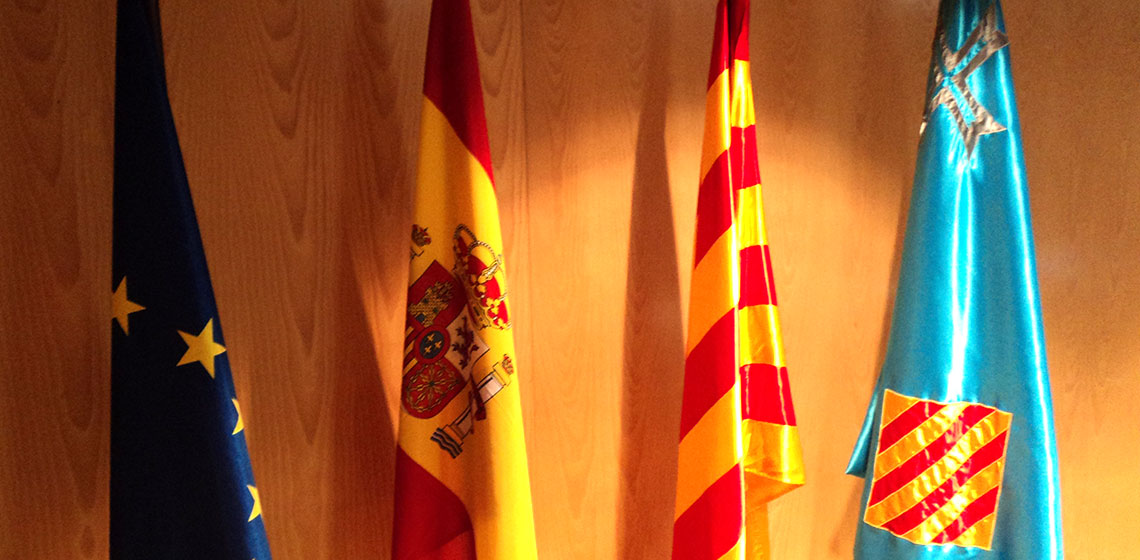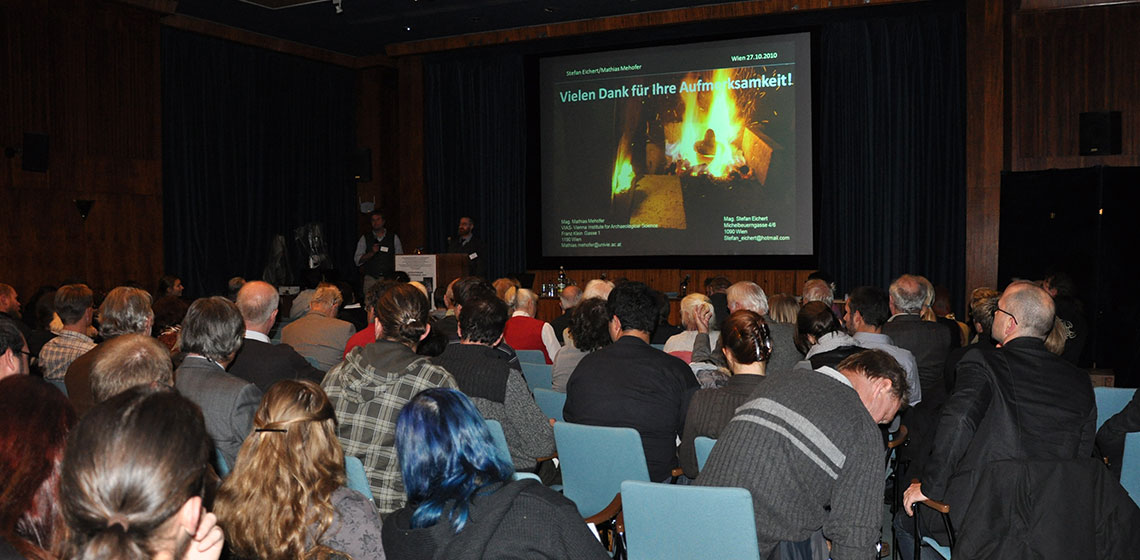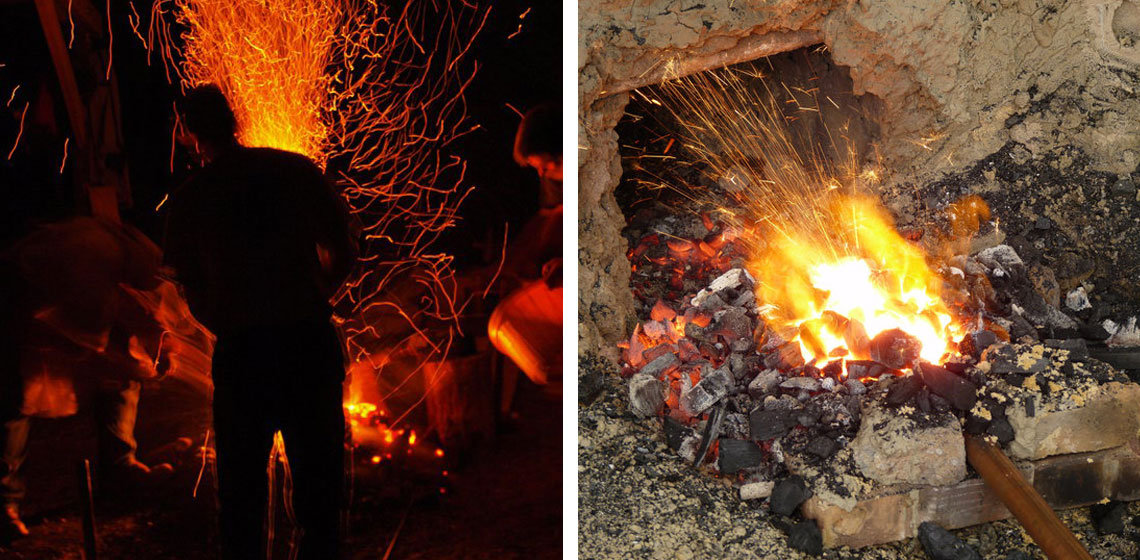Conference Review: International Archaeological Conference, Trzcinica 2011
The International Conference on archaeological open-air museums and experimental archaeology: An Opportunity for the Promotion of the Tourist Industry, sponsored financially by the Norwegian Financial Mechanism, was held in the Carpathian Troy Open-Air Archaeological Museum in Trzcinica, Poland, on 9 – 10 June 2011...

